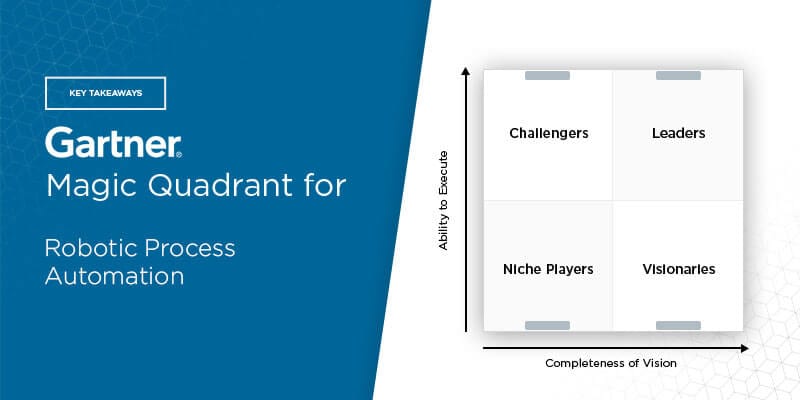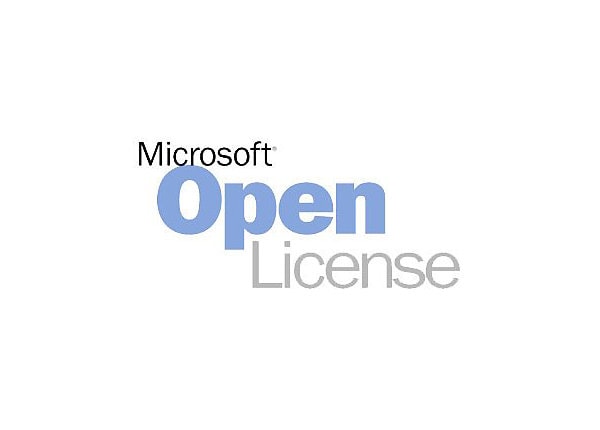Summary
This article describes an important update to Azure Backup for Microsoft Azure Recovery Services (MARS) Agent version to 2.0.9173.0, that is used both by Microsoft Azure Backup and the Microsoft Azure Site Recovery service to transport data to Azure.
- Azure Lab Services. For AzLabs, the pricing is calculated using similar cost factors as described below for WVD; refer to specific details in the Azure Lab Services pricing guide. The key difference is that the compute size, disk type, and networking costs are bundled together as a Lab Unit.
- Nov 10, 2020 Azure Remote Desktop Services (RDS) is a VDI solution on Azure, which provides secure access to virtualized applications and desktops. RDS lets end users access their applications and desktops remotely on the cloud, via mobile and desktop devices.
New Features
Windows Virtual Desktop on Azure. By Apps4Rent, an Azure CSP with over 10,000 migrations to the Cloud since 2003. Contact us today! This article describes an important update to Azure Backup for Microsoft Azure Recovery Services (. This will download a Remote Desktop Connection file.
Support for Data Box Disk and Data Box Pod for sending initial backup data to Azure
With this release we have added support for Data Box Disk and Data Box Pod as optional means to send backup data offline to Azure. This feature, currently in public preview, is particularly useful for scenarios where the volume of data or network bandwidth availability or both makes the offline transfer more advantageous. With the use of Data Box Disk and Data Box Pod, users can avoid the need to provision additional local storage, network and burden of procuring compatible disks and connectors. Review this feature announcement article for more details.
Important Improvements
Deprecation of Windows Server 2008 and Windows Server 2008 R2
With the end of support of the Windows Server 2008 and Windows Server 2008 R2 Operating Systems (OS), their use with MARS Agent is on the deprecation path. In this release, we have added additional messaging for user awareness so they can schedule OS upgrades at the earliest. If you cannot update the operating system due to existing commitments to this version, please review the deprecation announcement for alternatives and more details.
Improved passphrase set and change experience
The passphrase set and change experience has been improved with additional messaging to emphasize the importance of storing the passphrase in a secure remote location.
Issues that are fixed in this update

Fixed an issue which causes backup of encrypted files to hang in certain scenarios.
Fixed an issue that prevents modification of policy when protected volumes have been removed from server.
Fixed an issue with trailing slashes being generated in file paths which was causing powershell automation failures.
Various reliability fixes
Fixed an issue where backups were being incorrectly marked as initial backups in certain scenarios.
Fixed an issue with System State backup error handling.
Fixed an issue that causes iSCSI mount failures in certain scenarios.
Update information
Download information
To apply this update, download from the Microsoft Download Center and install version 2.0.9173.0 of the Microsoft Azure Recovery Services agent.
Rds On Azure

Download the Azure Recovery Services agent update package now.
Note: The version for this update of Microsoft Azure Recovery Services agent is 2.0.9173.0
For more information about how to download Microsoft support files, see the following Microsoft Knowledge Base article:
Azure Remote Desktop Services Pricing Strategy
119591 How to obtain Microsoft support files from online services
Microsoft scanned this file for viruses. Microsoft used the most current virus-detection software that was available on the date that the file was posted. The file is stored on security-enhanced servers that help prevent any unauthorized changes to the file.
Applying the update to multiple servers
If your servers are registered to one or more Recovery Services Vaults, you can update your servers directly from Azure Portal. Perform the following steps to update multiple servers from the Azure portal
Download the installer for the update from the link mentioned above
Navigate to the Recovery Services Vault where your servers are registered
On the left-side Settings blade click on Backup Infrastructure under the Manage section
Click on Protected Servers under Management Servers and select Azure Backup Agent as the Backup Management Type
From the blade that appears, click on a server for which agent version is lower than 2.0.9173.0
On the server’s detail blade, click on Connect. This will download a Remote Desktop Connection file with which you can connect to the server, copy the downloaded agent to the server and update it.
Once you are done updating, you can select other servers which have agent versions lower than 2.0.9173.0 and update agents on them similarly.
Restart information
If you are using Windows Server 2008 (SP2 and R2 SP1, any SKU), you need to restart your machine after applying this update. Users that have installed MARS Agent on other Windows Server versions, don’t need to restart the computer after applying this update.
Prerequisites
If you use System Center 2016 Data Protection Manager (SC DPM), it is recommended that you apply Update Rollup 1 for System Center 2016 Data Protection Manager or a later version.
If you use System Center 2012 R2 Data Protection Manager (SC DPM), apply Update Rollup 12 for System Center 2012 R2 Data Protection Manager or a later version.
I recently set up a trial account for Azure. The trial allows you to explore the new possibilities and create Virtual Machines, Websites and other Cloud services. Get your trial account here: http://www.windowsazure.com/en-us/pricing/free-trial/)
Deploying new Virtual Machines is a matter of minutes. I deployed a set of 9 virtual machines running Window Server 2012 in no time. After deployment you can immediately access and manage the VM's using RDP and the machine is also accessible using a automatically created DNS name (ending on cloudapp.net)
Azure Virtual Desktops
Before deploying the machines I created a new virtual network to allow communication between the virtual machines.
On the Virtual Machines I deployed a complete Virtual Desktop Infrastructure environment serving a Session-Based Desktop Deployment.
Microsoft Remote Desktop Connection Client
After setting up the necessary endpoints to allow communication over port 443 to the RD Gateway and port 443 to the RD Connection Broker. The environment was accessible from my client.
Azure Remote Desktop Services Pricing Comparison
Accessing the environment on my client running Windows 8 even created a full Single Sign On to all my published Remote Apps and Remote Desktop seamlessly integrated on my client.
